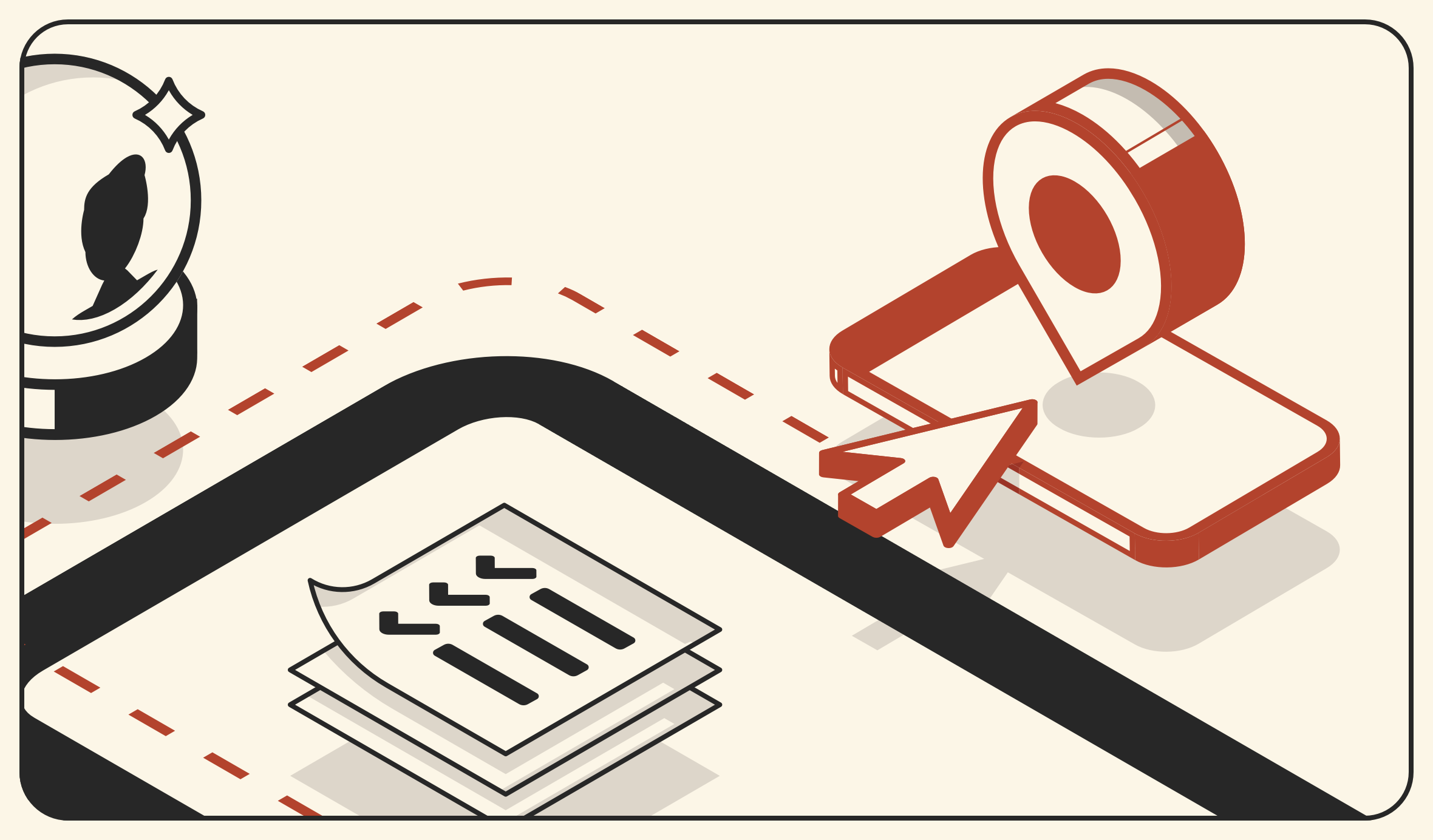How to Boost User Engagement: Provide the Right Context

That’s a question we often get from clients. They tell us people aren’t logging in to their app enough or using the fancy new features they built. Users don’t seem to know how to engage with the product or they’re not taking advantage of upgrade options.
Here’s the not-so-secret trick to improving user engagement - give people what they want when they want it.
While that feels like a common-sense goal, we've come across plenty of product teams who have lost their way in a dense fog of competing business priorities and urgent feature requests.
This is Part 1 in our series on the three main principles of user engagement that we use to help clients reach their business and UX goals. Read Part 1 and Part 2.
For an overview of our general approach to the topic, watch my video conversation with our lead product strategist, Alicia Fremling.
Help Users Know How to Get Where They’re Going
Many product requests from the business assume that bigger and louder is better. If people aren't using a feature or responding to an offer, it's because we're not talking about it enough, or the button needs to be red and the text a larger font. These assumptions overlook the fact that you may not be prioritizing your users’ top jobs-to-be-done or anticipating their needs. Even if you are, your signs need to first offer users a clear direction before they promote a specific feature or service.
Imagine you were on a road trip and the only signs you saw on the highway pointed you to the next McDonald’s. That could be useful when you’re hungry and looking for food, especially if you love McDonald's. But that could also be a very long, winding, and frustrating path to your ultimate destination.
That’s why all road signs are contextual. The simple easy-to-read green signs tell you how far to the next city. The signs with the odd shapes and numbers on them tell you what road you’re on. These directional signs help you make sure you're getting where you need to go. Meanwhile, billboards are strategically placed where you’re most likely to act on them, like when McDonald's is coming up at the next exit.
User engagement is a natural response to contextual messaging. Unfortunately, many products get bogged down by random messages that look splashy but just get in the way. We’ve seen too many products littered with promos some other team said everybody needs to know about. These banners and pop-ups take up half the scroll trying to force users to do something they don’t want to do while impeding their ability to do what they do want.
For example, say your business wants to push paperless billing. Many products will pop up a full-page banner immediately after the user logs in to get their attention right away. Most users will feel annoyed and frustrated as they click out of it as fast as possible to get to what they came for. You're more likely to get higher conversion rates if you present a friendly opt-in message after they've completed a related task, like checking their account balance.
People don’t come to your product to see an ad or marketing message or to fill out a survey about their experience. They come to do a job. Help them accomplish that job first, then offer them contextual messaging that fills an additional need for them (and for the business).
Why Boost User Engagement?
This is the question that should come first but often doesn't get asked at all. It’s great to boost user engagement, especially if you have the time and resources to do it right using these three principles. But you also have to take a hard look at why you’re focused on user engagement in the first place and how you’re measuring it.
Are you trying to move a specific metric like user growth rate, mobile downloads, or registrations and subscriptions? Are you getting pressure from a certain business unit to promote a high-priority product or service that hasn’t gotten a lot of traction?
Define your goals in terms of measurable success metrics. Then make sure those metrics are actually measuring user engagement, and not just giving your marketing team fun numbers to toss around.
Thoughtful design that anticipates the needs of your users keeps them coming back for more. But it can’t be built in a day. It takes a constant focus on continuous improvement.
To boost user engagement you first need to understand your user’s needs and the core jobs they want to get done. Then, you can look at the business goals and find the sweet spot where the two overlap.
We know what it takes to shepherd a product through that process. Start a conversation about how we can help you boost user engagement and keep you and your product on the right track.